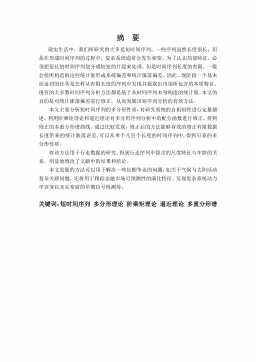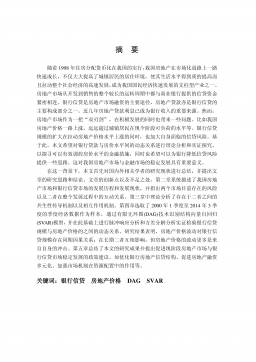高级氧化法预处理焦化废水工艺筛选及其苯酚苯胺去除转化规律研究
高级氧化法预处理焦化废水工艺筛选及其苯酚苯胺去除转化规律研究摘要焦化废水是一种典型的难降解有毒有机废水,是我国每年排放量最大的工业废水之一。焦化废水中高浓度的酚类、氰化物、氨氮等阻碍了生化处理,通过合理的预处理工艺能够有效解决这一难题。本研究通过筛选出实际工艺中可行性较高的高级氧化法对焦化废水进行预处理,本着“以废治废”的概念,对高级氧化法进行调整和组合,将锰矿石尾矿应用到预处理工艺中。本文以实际焦化废水为研究对象,首先通过实验从Fenton法、类Fenton法、臭氧法、锰矿石尾矿催化法等高级氧化工艺中筛选最适用的预处理工艺,并对其进行优化。其次,通过水质、固体成分分析等方法研究特征污染物(苯...
相关推荐
-
10KV电网D-SCADA 系统信息采集与故障诊断研究与设计VIP免费
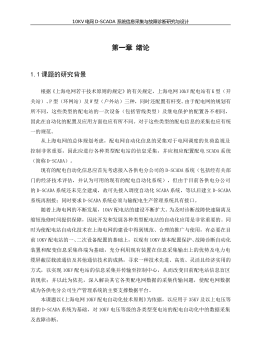
 2024-10-14 28
2024-10-14 28 -
方形吸顶散流器平送风等温射流特性研究VIP免费
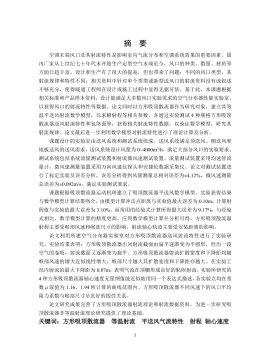
 2025-01-09 8
2025-01-09 8 -
关于充液声导波传感器中频散兰姆波的研究VIP免费
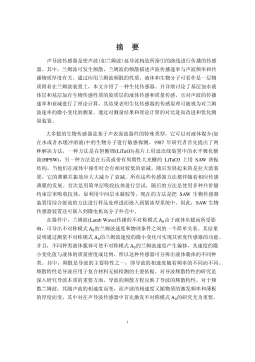
 2025-01-09 10
2025-01-09 10 -
结合梁斜拉桥施工过程中考虑剪力滞影响的分析方法VIP免费

 2025-01-09 7
2025-01-09 7 -
空调房间热舒适性的数值模拟与实验研究VIP免费

 2025-01-09 7
2025-01-09 7 -
汽车前轮线控转向系统研究VIP免费
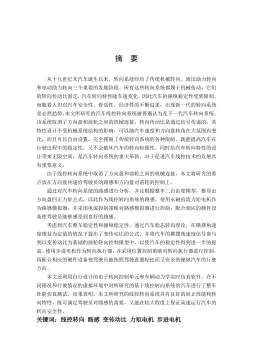
 2025-01-09 9
2025-01-09 9 -
输入分配型混合动力车辆动力系统控制策略研究VIP免费
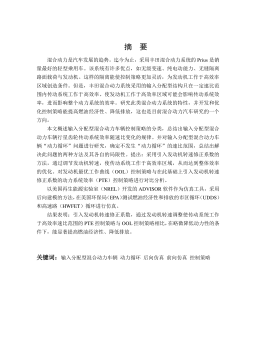
 2025-01-09 7
2025-01-09 7 -
双馈风力发电系统的柔性并网控制研VIP免费
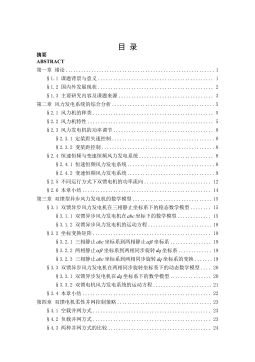
 2025-01-09 13
2025-01-09 13 -
污水处理厂污泥好氧堆肥发酵技术的试验研究VIP免费
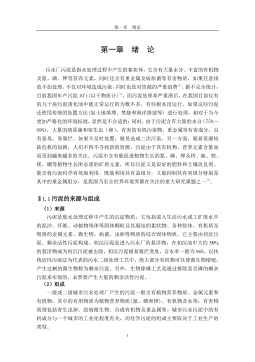
 2025-01-09 7
2025-01-09 7 -
应用风室试验装置的风机性能VIP免费
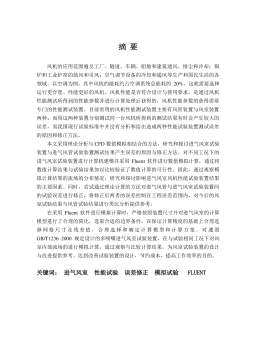
 2025-01-09 9
2025-01-09 9
相关内容
-

汽车前轮线控转向系统研究
分类:高等教育资料
时间:2025-01-09
标签:无
格式:PDF
价格:15 积分
-

输入分配型混合动力车辆动力系统控制策略研究
分类:高等教育资料
时间:2025-01-09
标签:无
格式:PDF
价格:15 积分
-

双馈风力发电系统的柔性并网控制研
分类:高等教育资料
时间:2025-01-09
标签:无
格式:PDF
价格:15 积分
-

污水处理厂污泥好氧堆肥发酵技术的试验研究
分类:高等教育资料
时间:2025-01-09
标签:无
格式:PDF
价格:15 积分
-

应用风室试验装置的风机性能
分类:高等教育资料
时间:2025-01-09
标签:无
格式:PDF
价格:15 积分


